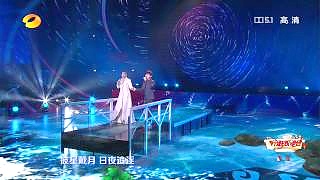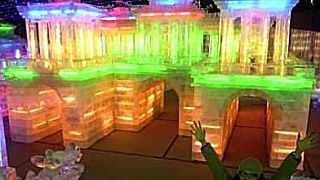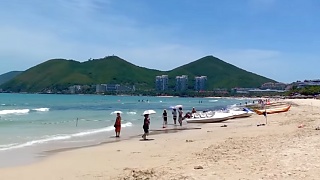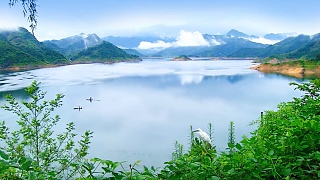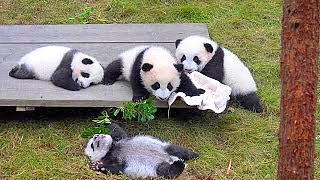Timing and Duration:
Lunar Calendar: Chinese New Year follows the lunar calendar, with the date falling between late January and mid-February each year. The exact date varies because it is based on the lunar phases.
Festival Period: The celebrations typically last for 15 days, beginning on the eve of Chinese New Year and ending with the Lantern Festival on the 15th day of the lunar calendar.
Traditions and Customs:
Family Reunions: Chinese New Year is a time for families to come together and celebrate. Many people travel long distances to reunite with their relatives, leading to the largest annual human migration in the world, known as Chunyun.
Cleaning and Decoration: In the days leading up to Chinese New Year, families clean their homes to sweep away bad luck and make way for good fortune. They also decorate their homes with red lanterns, couplets (duilian), and paper cutouts featuring auspicious symbols.
Chinese New Year's Eve Dinner: The New Year's Eve dinner, known as 'reunion dinner' (??? tu�nni�nf�n), is a lavish feast shared with family members. Traditional dishes include fish (symbolizing prosperity), dumplings (symbolizing wealth), and various other symbolic foods.
Red Envelopes (Hongbao): Red envelopes containing money are given as gifts during Chinese New Year, especially to children and unmarried individuals. The red color symbolizes good luck and wards off evil spirits.
Fireworks and Firecrackers: Fireworks and firecrackers are set off at midnight on New Year's Eve and throughout the festival period to scare away evil spirits and bring good luck.
Lion and Dragon Dances: Colorful lion and dragon dances are performed in streets, parks, and public squares to bring prosperity and good fortune to communities.
Zodiac Animals:
Each Year is Associated with an Animal: Chinese New Year is symbolized by one of the 12 animals in the Chinese zodiac cycle. Each animal is believed to influence the personality traits and destiny of individuals born in that year.
Travel and Celebrations:
Spring Festival Gala: The Spring Festival Gala, broadcasted on Chinese television on New Year's Eve, features a variety of performances, skits, and musical acts. It is one of the most-watched television programs in the world.
Temple Fairs: Traditional temple fairs are held throughout China during Chinese New Year, offering food stalls, performances, games, and cultural activities for visitors to enjoy.
Chinese New Year is a time of joy, reunion, and renewal, filled with rich traditions and customs that have been passed down through generations. It is a celebration of family, community, and the arrival of spring, marking a fresh beginning and the promise of prosperity in the year ahead.
 Spring Festival Chinese Opera party 春节戏曲晚会, 2016
Spring Festival Chinese Opera party 春节戏曲晚会, 2016




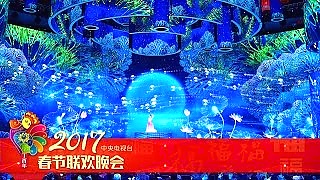

![A new collection of songs / auditions from the wonderful Voice of China. With 2017 (series 4) judges Wang Feng, Na Ying, Harlem Yu and Jay Chou; plus a few songs from series 2 and 3 . . . 00:01 The Voice of China 4 Trailer (Wang Feng, Na Ying, Harlem Yu & Jay Chou) 01:38 Chen Bing (陈冰) - `盛夏光年` (Eternal Summer) [S03] 04:45 Bek (别日克) - `Volare` [S04] 08:08 Zhou Shen (周深) - `欢颜` (Your Smiling Face) [S03] 11:34 Zhang Dandan (张丹丹) - `爱是一颗幸福的子弹` (Love Is A Happy Bullet) [S03] 15:00 Lin Yan (林燕) - `别来纠缠我` (Don`t Pester Me) [S04] 18:39 Zhang Xin (张新) - `Fallin`` [S02] 21:14 Zhu Ke (朱克) - `离不开你` (Can`t Leave You) [S02] 24:08 Saya Chang (张惠春) - `怎么说我不爱你` (How Can You Say I Don`t Love You) [S04] 27:31 Li Zhixian (李致贤) & Chyi Chin (齐秦) - `火柴天堂` (Matchstick Heaven) [S03] 29:35 Bei Bei (贝贝) - `花火` (Fireworks) [S04] *** BeijingBuzzz Top Choice 33:16 Will Jay (刘伟男) - `Lemon Tree` [S04] 37:03 Rocky Chan (陈乐基) - `月半小夜曲` (Half Moon Serenade) [S03] 40:35 Jóhannes Koo (古振邦) - `Say Something` [S04] 44:27 Abigail Garza (李安安) - `I Surrender` [S04] 48:39 Lotus Zhang (张姝) - `一起摇摆` (Let`s Rock) [S04] 52:26 Zhao Han (赵晗) - `煎熬` (Torment) [S02] 55:52 Cui Tianqi (崔天琪) - `Mad World` [S02] 58:59 Li Wenhui (李文慧) - `Yellow` [S04] 1:03:04 Tan Xuanyuan (谭轩辕) - `Sill Loving You` [S04] 1:06:24 Zhang Jingyi (张婧懿) - `玫瑰` (Rose) [S03] 1:09:47 Yao Beina (姚贝娜) - `也许明天` (Maybe Tomorrow) [S02], July 2013 ### 1:13:11 Taskyn (塔斯肯) - `Dudarai` (Дударай) [S02] ### Yao Beina (aka Bella Yao), 姚贝娜, 26 September 1981 – 16 January 2015 (aged 33; breast cancer). Among much more, she sang in the CCTV Spring Festival Gala twice, and the pop version of Let It Go in the Disney film Frozen for the Mandarin Chinese dub when the film was released in China. Read more . . . It`s been a while, but here is over 2 hours of great music. Voice of China music feast](https://img.youtube.com/vi/lTQX1oPHw_g/mqdefault.jpg)



